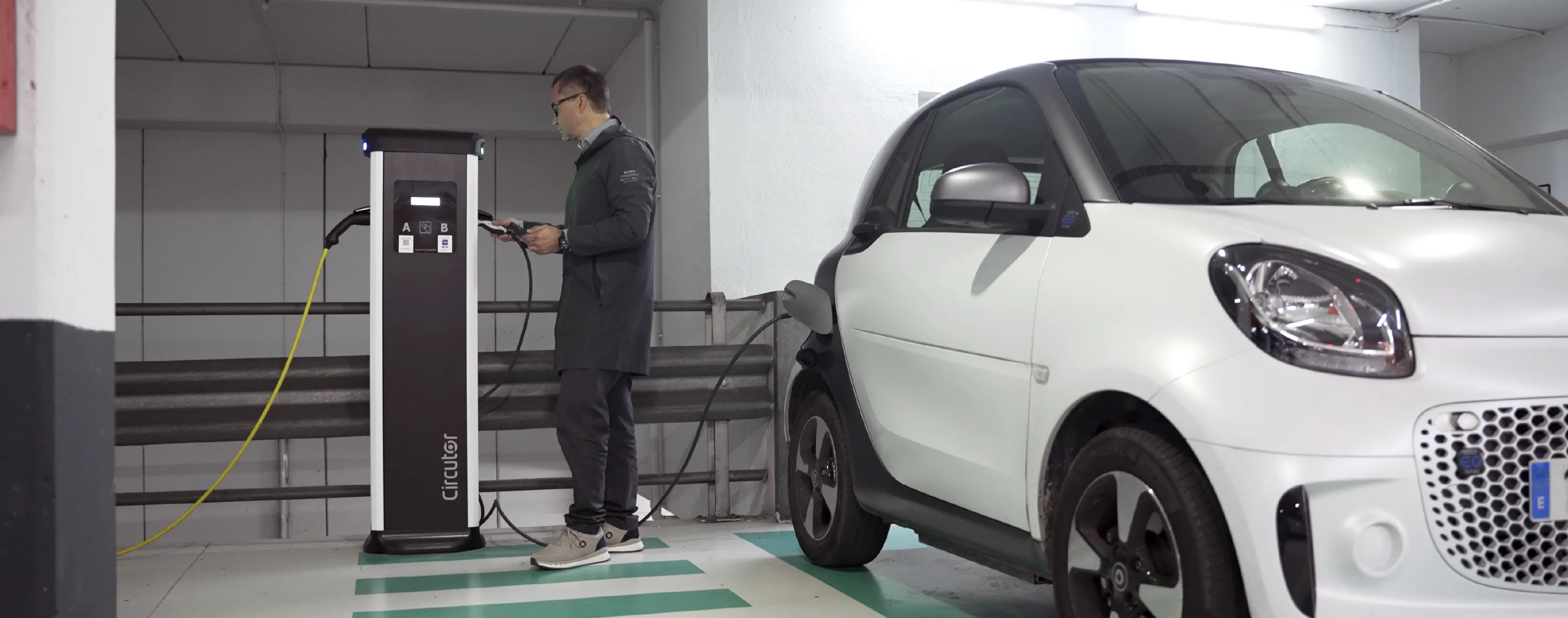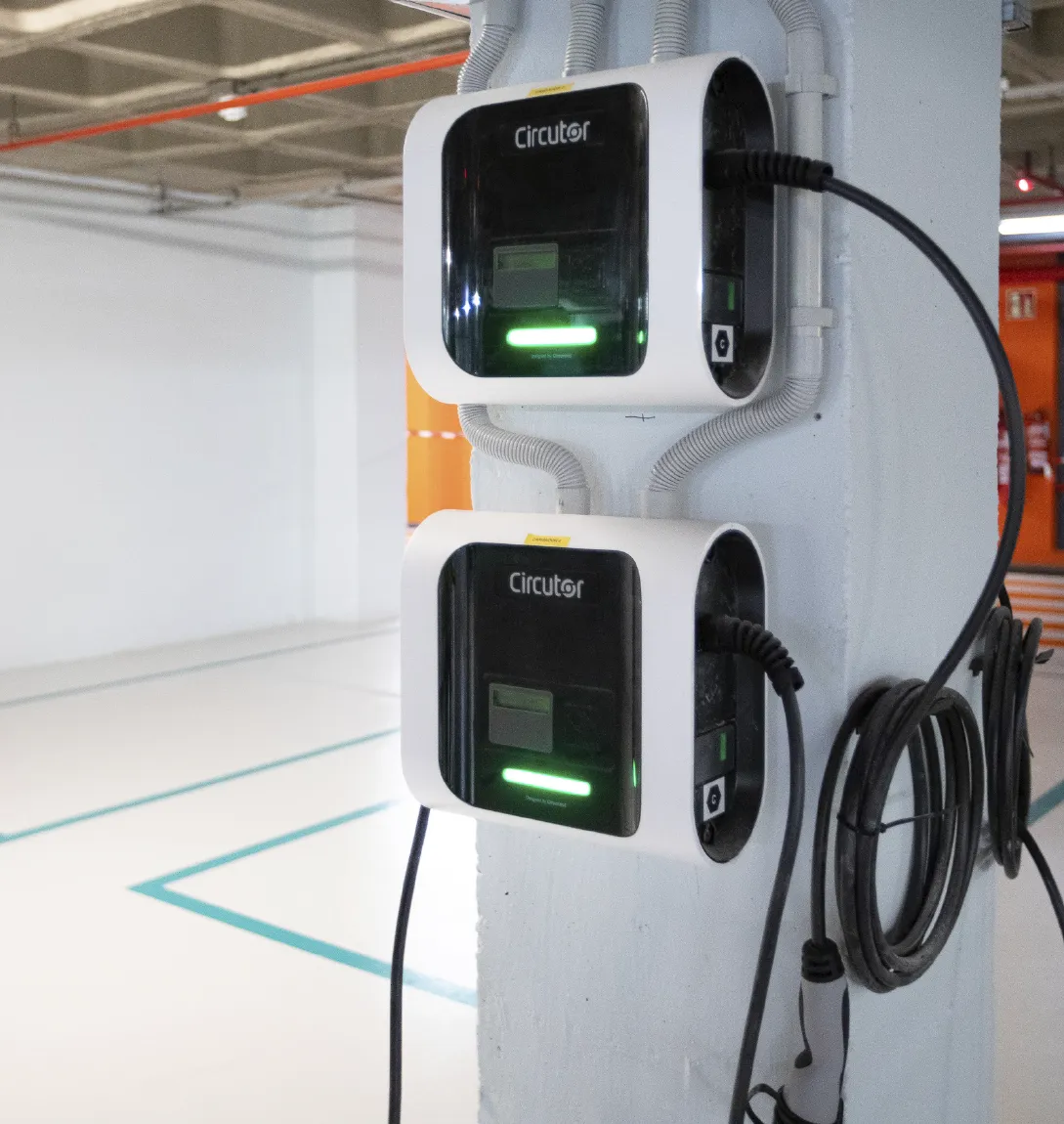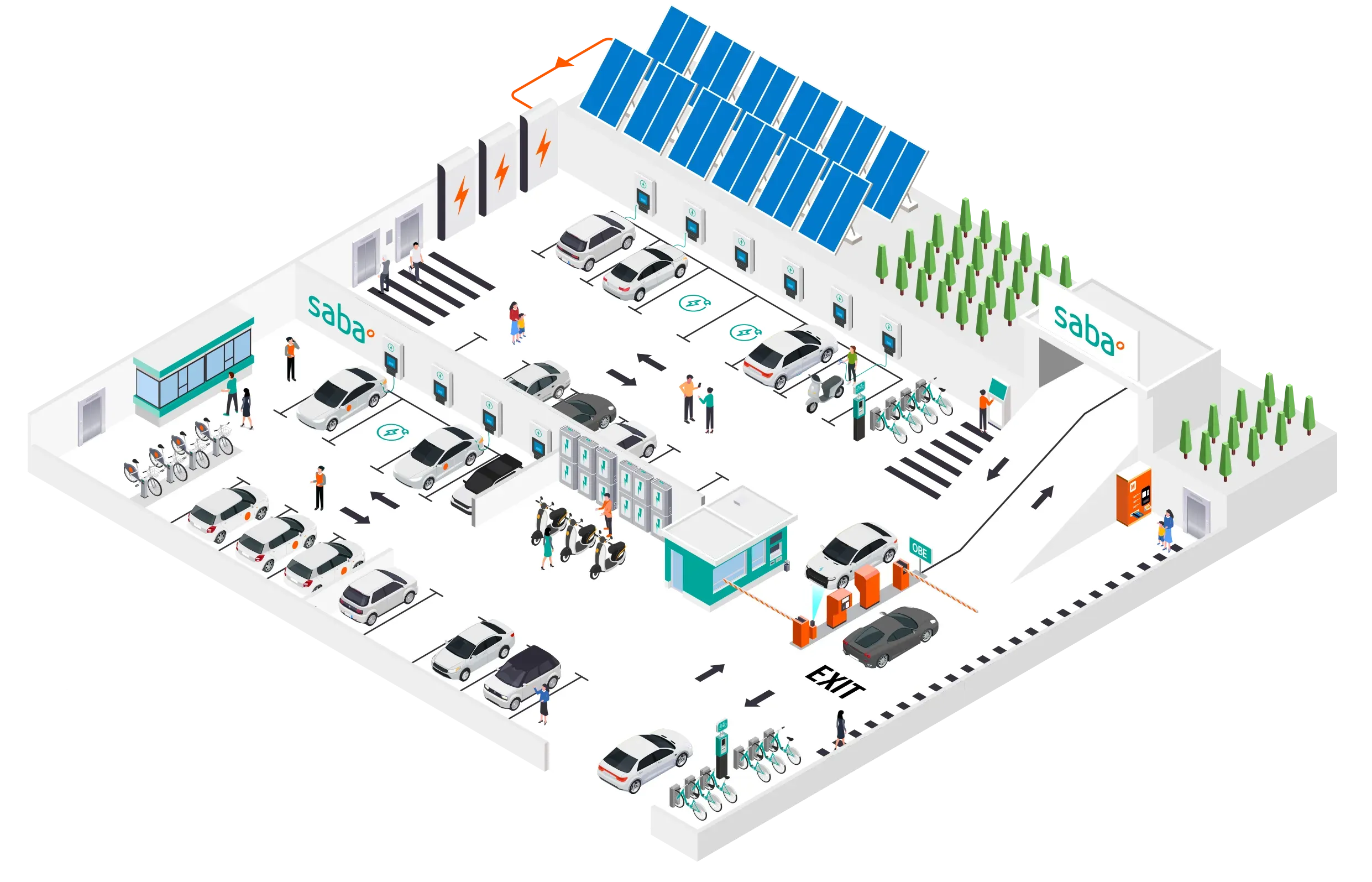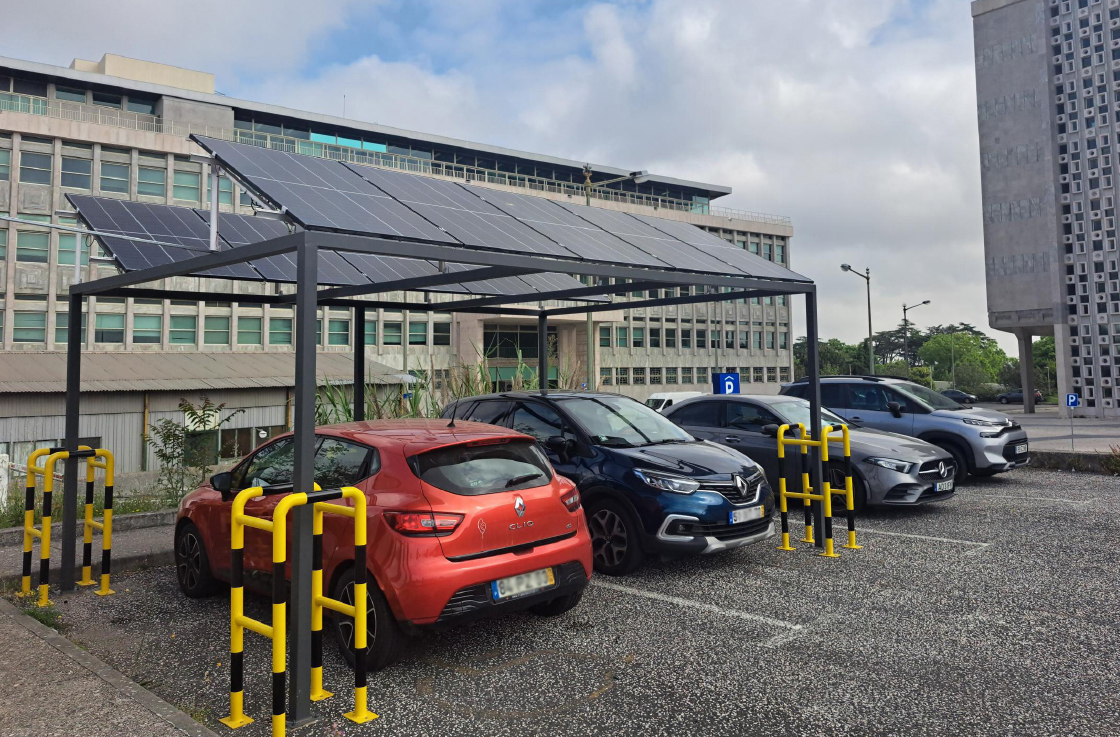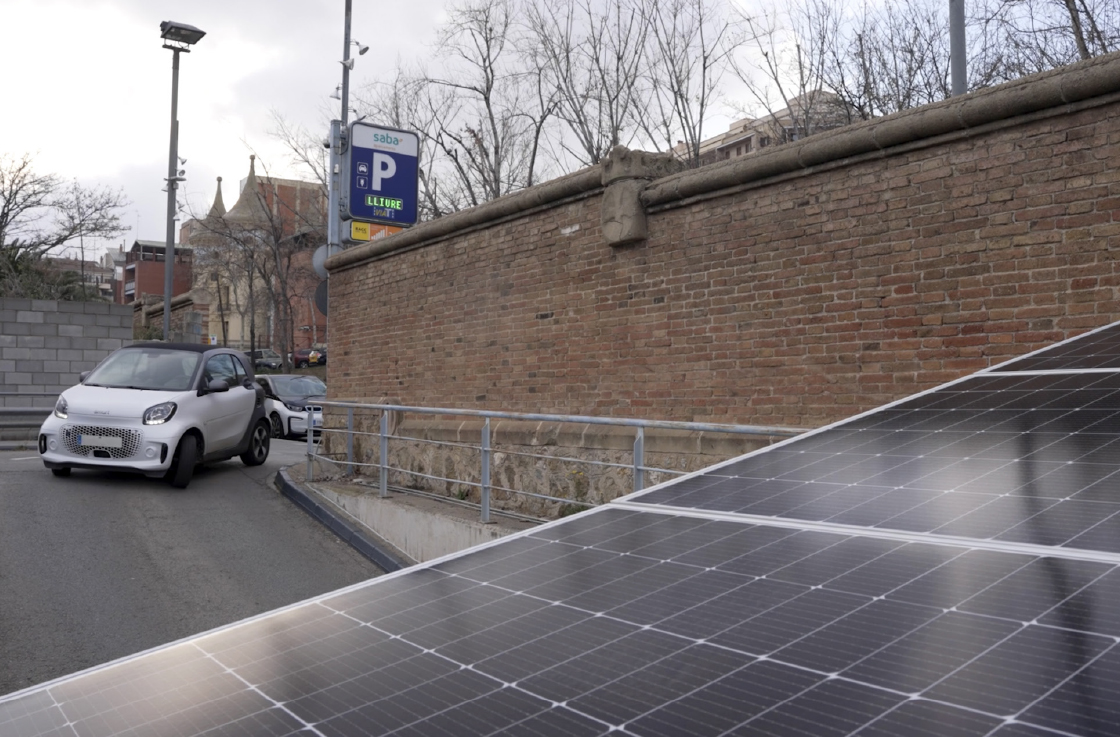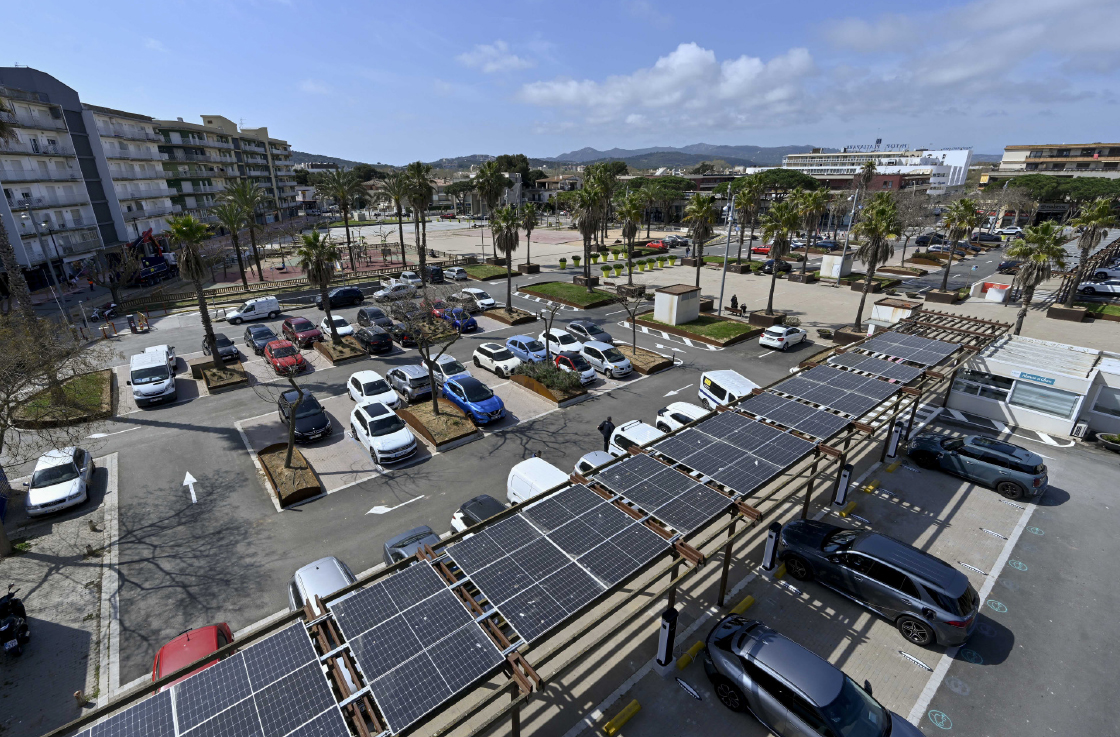In a scenario in which the promotion of sustainable mobility is an obligatory task for society, Saba continues to promote the development of its charging infrastructure to accompany the deployment of electric vehicles.
As of December 31, 2023, the company had 1,280 charging points in six countries, approximately half of which were promoted by Saba through alliances with different suppliers since 2018. In parallel, the Group's car parks also host charging platforms promoted by third parties. This dual management model allows Saba to considerably increase its charging infrastructure and cover the demand of its various types of customers.
Saba has a semi-fast recharge mode for general short-stay and linked charging for subscribers —with the ParkElectric product, which includes a fixed parking space with a charging point—, as well as solutions for companies (professional vehicle fleets and electric carsharing). Additionally, the aim is to install super-fast electric charging points in those car parks where there is sufficient contracted electrical power.













